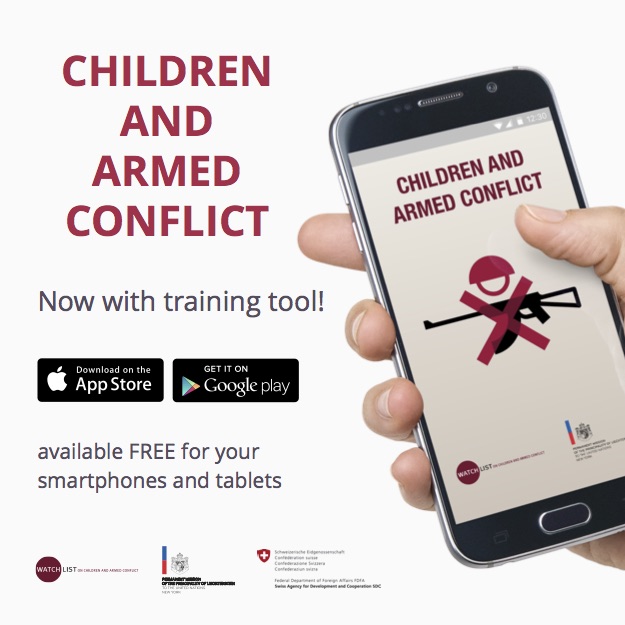On September 9, 2020, the international community commemorated the first-ever International Day to Protect Education from Attack, highlighting the importance of safeguarding education in armed conflict and holding perpetrators of such attacks accountable.
In May, the UN General Assembly unanimously adopted a resolution reaffirming that governments have the primary responsibility to provide protection and ensure inclusive and equitable quality education at all levels to all learners, especially those in vulnerable situations, and designating September 9 as the International Day to Protect Education from Attack. The adoption of the resolution coincided with the fifth anniversary of the Safe Schools Declaration, an inter-governmental political commitment led by Norway and Argentina to protect education from attack and restrict the use of schools and universities for military purposes.
It is particularly poignant that the International Day to Protect Education from Attack was commemorated for the first time in 2020, amid the COVID-19 pandemic, which has driven more than 1.5 billion children out of school around the world. The day serves as an important reminder of safeguarding schools as safe spaces for children and the need to prioritize all children’s access to education.
Schools should be safe havens where children’s right to education can be realized. Yet attacks on education facilities, personnel, and students in situations of armed conflict are alarmingly widespread and carry significant risks for children. More than 22,000 students, teachers, and academics were injured, killed, or harmed in attacks on education during armed conflict or insecurity over the past five years, according to a recent report by the Global Coalition to Protect Education from Attack (GCPEA). The coalition also found that between 2015 and 2019, there were more than 11,000 separate attacks on education facilities, students, and educators.
Urgent action is needed to protect education from attack. Governments that have not yet endorsed the Safe Schools Declaration should do so as a matter of priority, thereby committing to protect schools and avoid their military use. Further, they should integrate guidance on military use of schools into their trainings and special operating procedures, including the Guidelines for Protecting Schools and Universities from Military Use.
Beyond endorsement, implementation of the Safe Schools Declaration is critical to prevent and respond to attacks, including addressing gendered aspects of this violation. According to research by GCPEA, attacks targeting girls are increasing, and female students and educators suffer specific forms of violence at or on their way to school, with devastating long-term consequences. Governments should implement their international commitments and obligations to protect education in a way that is gender-sensitive, in order to ensure that girls and boys can fully realize their right to safe education during armed conflict.
Lastly, accountability is key to deterring future attacks. Attacks on schools and/or hospitals are one of the six grave violations subject to the UN’s Monitoring and Reporting Mechanism (MRM), pursuant to Security Council Resolution 1612 (2005). Therefore, it is critical that the UN and its partners continue to strengthen documentation of attacks on education, including the collection of data disaggregated by gender. In its Resolution 1998 (2011), the Security Council requested the Secretary-General to include in his annual ‘list of shame’ those parties to conflict that commit attacks on schools and/or hospitals, including attacks or threats against protected persons. The resolution also called upon parties listed for these attacks to enter into concrete, time-bound action plans, without delay, to end such violations and abuses. Governments should emphasize the responsibility of all listed parties, including those designated by the Secretary-General as having put in place measures to protect children, to enter into and fully implement concrete and time-bound action plans with the UN to end all violations, including attacks on schools and/or hospitals; and further call on parties with existing action plans to take timely steps towards more effective implementation and to report on their progress.



